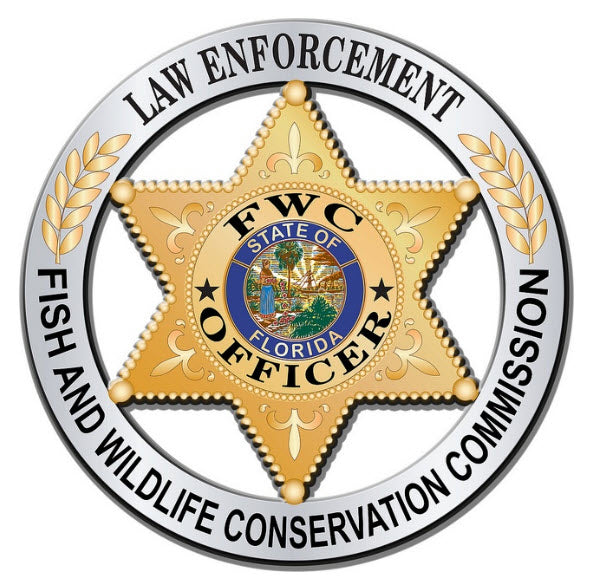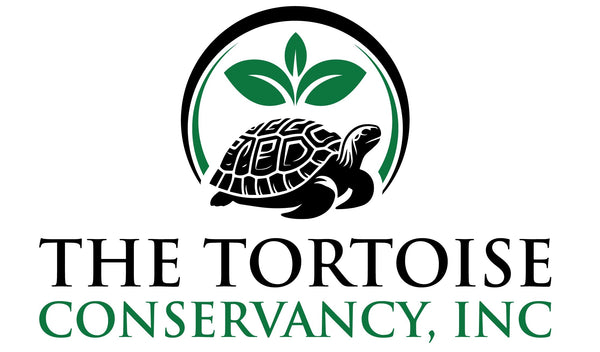
The Legal Side of Conservation: Protecting Gopher Tortoises
Share
The Legal Side of Conservation: Protecting Gopher Tortoises |
Legal protections play a crucial role in the conservation of gopher tortoises. This article explores the laws and regulations in place to protect these reptiles and how they are enforced. Understanding the legal framework helps advocate for stronger protections.
Endangered Species Act (ESA): The Endangered Species Act (ESA) is one of the most important federal laws for protecting threatened and endangered species, including gopher tortoises. Under the ESA, gopher tortoises are listed as a threatened species in the western portion of their range. This designation provides legal protections that prohibit the "take" (harming, harassing, or killing) of tortoises and their habitats. The ESA also mandates the development of recovery plans to outline strategies for conserving and restoring gopher tortoise populations.
State Protections: In addition to federal protections, gopher tortoises are protected by state laws and regulations in many of the states where they are found. For example, in Florida, gopher tortoises are listed as a threatened species, and their habitats are protected under the Florida Fish and Wildlife Conservation Commission (FWC) regulations. Permits are required for any activities that may impact gopher tortoises or their burrows, such as land development or construction. Similar protections exist in other states, including Georgia, Alabama, and Mississippi.
Habitat Conservation Plans (HCPs): Habitat Conservation Plans (HCPs) are tools used to balance development and conservation needs. HCPs allow landowners and developers to proceed with activities that may impact gopher tortoises, provided they implement measures to minimize and mitigate those impacts. These plans often include habitat preservation, restoration, and relocation efforts to ensure the long-term survival of tortoise populations. HCPs are developed in collaboration with government agencies, conservation organizations, and other stakeholders.
Relocation Permits: Relocation permits are required for the capture and relocation of gopher tortoises from areas where they are at risk due to development or other threats. These permits ensure that tortoises are moved to suitable, protected habitats where they can thrive. The permitting process involves careful planning, site selection, and monitoring to ensure the success of relocation efforts. Permits are issued by state wildlife agencies and must comply with specific guidelines and protocols.
Enforcement and Penalties: Violations of gopher tortoise protections can result in significant penalties, including fines and legal action. Enforcement is carried out by federal and state wildlife agencies, which conduct inspections, investigations, and compliance checks to ensure that laws and regulations are being followed. Public reporting of violations also plays a crucial role in enforcement, as community members can alert authorities to illegal activities impacting gopher tortoises.
Conservation Incentives: Various conservation incentives and programs encourage landowners and developers to participate in gopher tortoise conservation. These incentives may include tax benefits, grants, and technical assistance for habitat restoration and management. Voluntary conservation agreements, such as Safe Harbor Agreements, provide assurances to landowners that their conservation efforts will not result in additional regulatory restrictions. These incentives help foster collaboration and support for gopher tortoise conservation.
Advocacy and Public Participation: Advocacy and public participation are essential for strengthening legal protections for gopher tortoises. Conservation organizations, community groups, and concerned citizens can advocate for stronger laws, increased funding for conservation programs, and greater enforcement efforts. Public involvement in policy-making processes, such as commenting on proposed regulations and participating in public hearings, helps ensure that the voices of those who care about gopher tortoises are heard.
Educational Outreach: Educating the public about the legal protections for gopher tortoises and the importance of conservation is crucial for building support and compliance. Outreach programs, educational materials, and community events help raise awareness and promote responsible behavior. By understanding the legal framework and the reasons behind it, individuals and communities are more likely to take actions that benefit gopher tortoises.
Conclusion: Legal protections are a vital component of gopher tortoise conservation. By understanding and supporting the laws and regulations in place, we can help ensure the survival of these important reptiles. Continued advocacy, enforcement, and public engagement are necessary to maintain and strengthen these protections, safeguarding gopher tortoises and their habitats for future generations.
